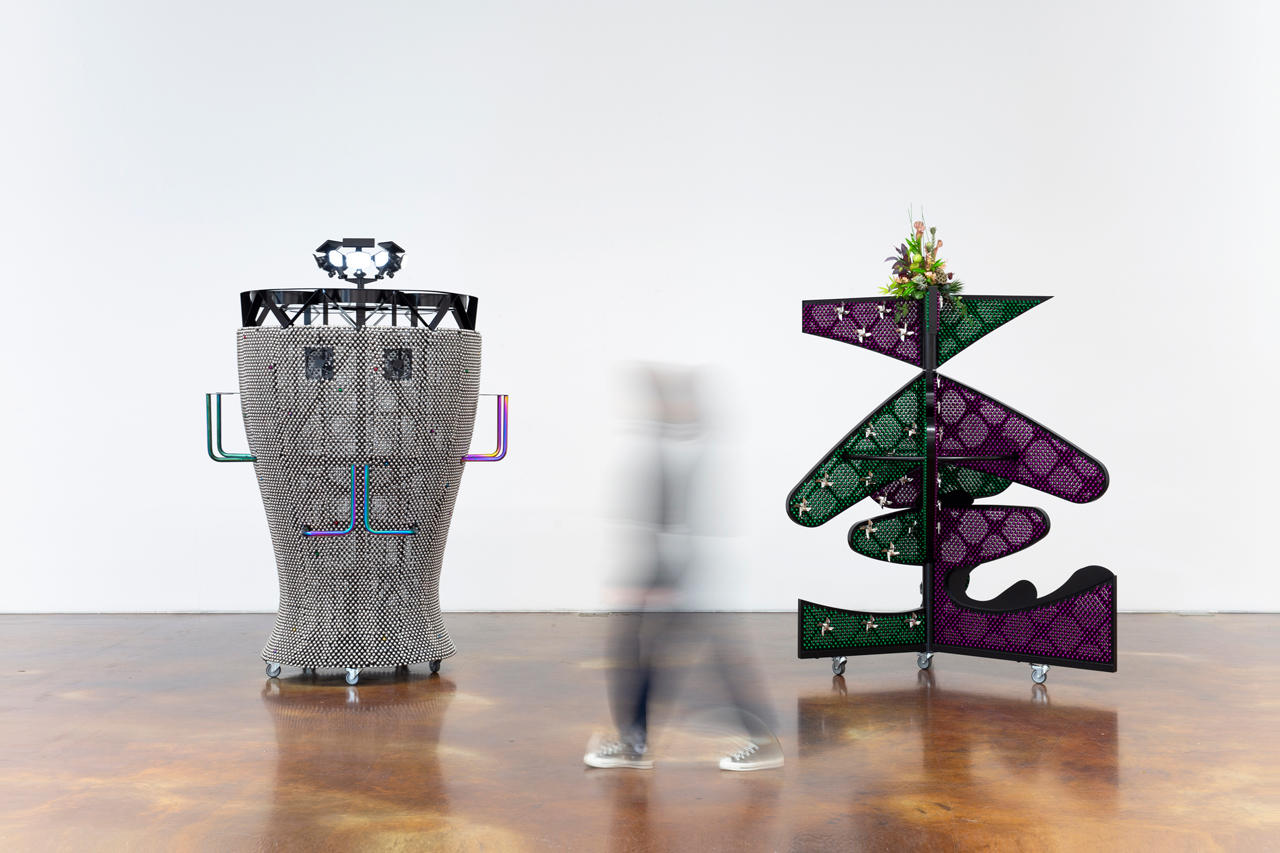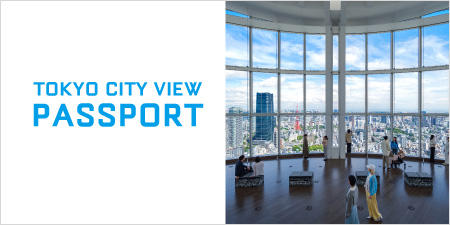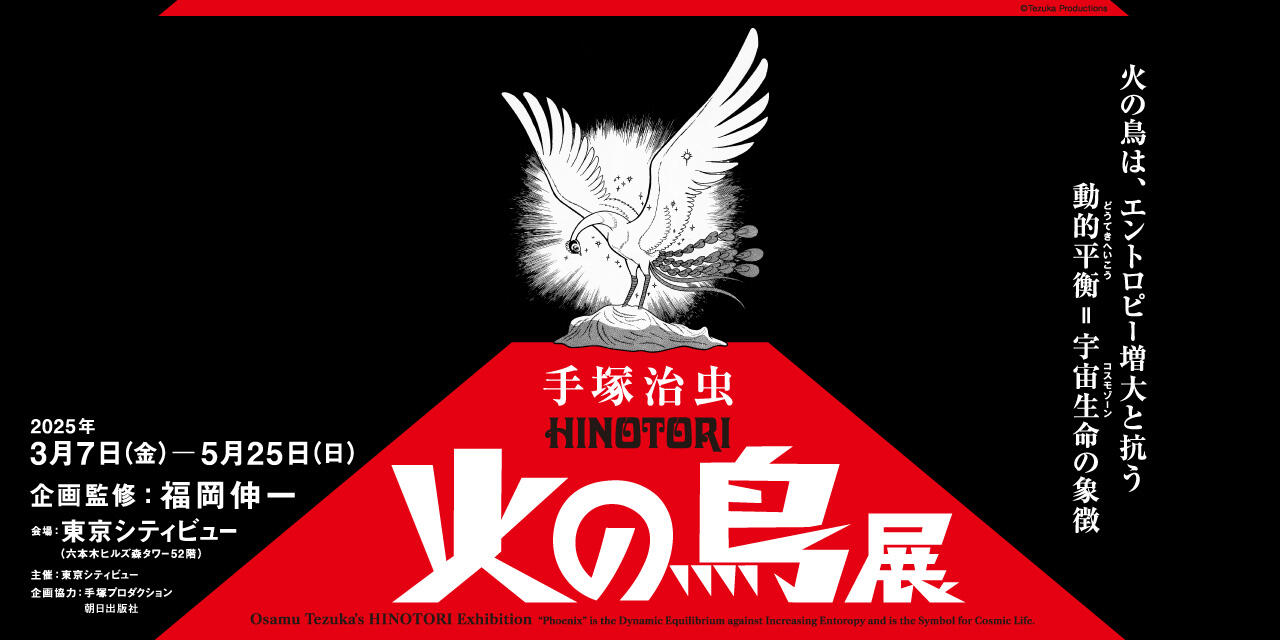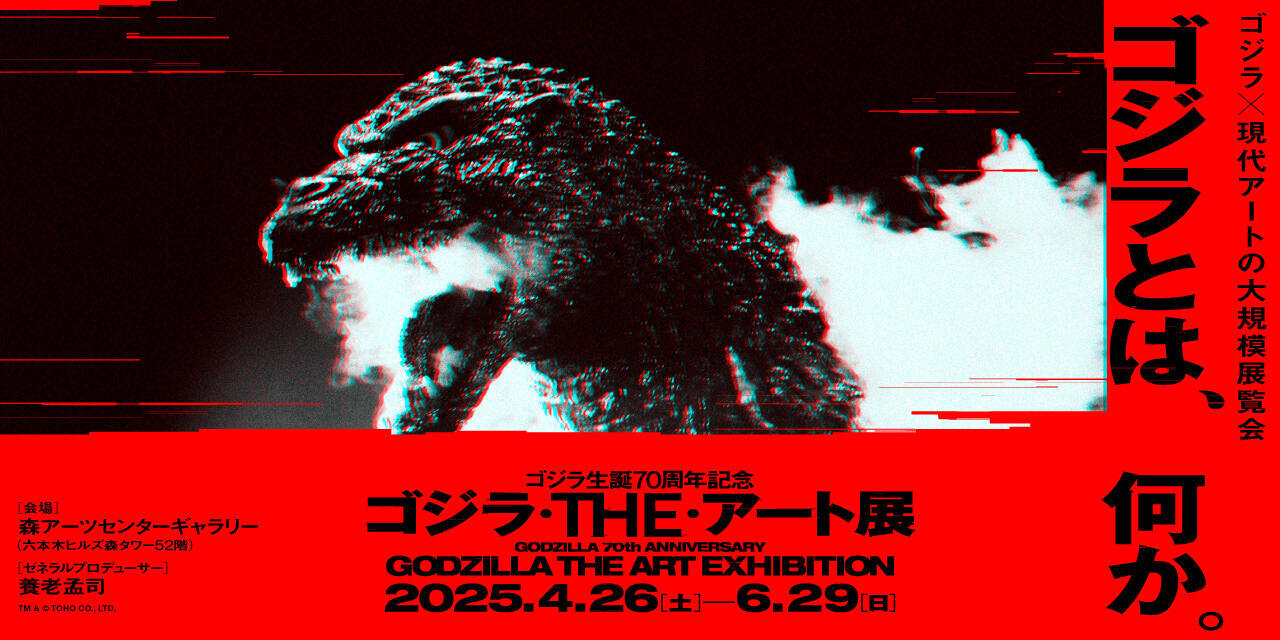The Sonic Hybrids – Dual Energy
| Artist | : | Yang Haegue (1971-) |
|---|---|---|
| Nationality | : | Korea |
| Year | : | 2023 |
The Sonic Hybrid – Migrating after Ohtake | ||
| Material | : | Powder-coated stainless steel frame, mesh and handle, ball bearing, caster, powder-coated stainless steel bell, split ring, stainless steel pinwheel, and artificial plant |
| Size | : | 251 x 162 x 161 cm |
The Sonic Hybrid – Cooling Overturning | ||
| Material | : | Powder-coated stainless steel frame and mesh, PVD-coated handle, caster, powder-coated stainless steel and PVD-coated stainless steel bell, stainless steel bell, split ring, cooling fan, solar LED floodlight, ocean drum, and portable solar charger |
| Size | : | 228 x 161 x 143 cm |
Yang Haegue draws inspiration from diverse fields of knowledge, from the history of art, culture, politics, and society around the world to natural sciences such as geometry, biology, and meteorology, and hybridizes them to create her own unique concepts and visual language. In Yang’s works, industrial products and folkloric handiwork, geometric and organic forms, artificial and natural, stillness and motion, and other opposing qualities are pitted against each other, creating a singular dynamism.
The works also broadly remind us of the notion of the circulation of energy, while simultaneously incorporating a range of fields of learning into the details. Of the two sculptures, The Sonic Hybrids – Dual Energy, which is slightly larger than the average human height, The Sonic Hybrid – Migrating after Ohtake inherits a sense of dynamic energy by reconstructing the large abstract sculptures of Ohtake Tomie (1913-2015), a Kyoto native who moved to Brazil. The work combines purple bells and bouquets of artificial flowers that evoke femininity, justice, and dignity with green bells reminiscent of nature and hope. The Sonic Hybrid – Cooling Overturning, on the other hand, covered with stainless steel bells, is an upside-down version of a nuclear power plant cooling tower, with solar cells on top and a fan resembling the eye of a character, evoking the present-day economic cycles and ethics surrounding the issue of energy. The two sculptures are both sound and performance pieces, with the staff activating to ring the bells.
-

Yang Haegue
The Sonic Hybrids – Dual Energy (left: The Sonic Hybrid – Cooling Overturning, right: The Sonic Hybrid – Migrating after Ohtake)2023Photo: Studio Haegue YangYang Haegue
The Sonic Hybrids – Dual Energy (left: The Sonic Hybrid – Cooling Overturning, right: The Sonic Hybrid – Migrating after Ohtake)2023Photo: Studio Haegue Yang -

Yang HaegueThe Sonic Hybrids – Dual Energy (left: The Sonic Hybrid – Migrating after Ohtake, right: The Sonic Hybrid – Cooling Overturning)2023Installation view: WORLD CLASSROOM: Contemporary Art through School Subjects, Mori Art Museum, Tokyo, 2023Photo: Furukawa Yuya
Yang HaegueThe Sonic Hybrids – Dual Energy (left: The Sonic Hybrid – Migrating after Ohtake, right: The Sonic Hybrid – Cooling Overturning)2023Installation view: WORLD CLASSROOM: Contemporary Art through School Subjects, Mori Art Museum, Tokyo, 2023Photo: Furukawa Yuya -

Enjoy watching the “activation” video performed by the Museum staff.
WORLD CLASSROOM: Contemporary Art through School Subjects
2023.4.19 [Wed] - 9.24 [Sun]
Duration: 5 min. 1 sec.
Released on: June 28, 2023
Filming & Editing: Watanabe Shintaro, Yamakura Kazuki, Ishikawa Airi, Hotogi MasahikoEnjoy watching the “activation” video performed by the Museum staff.WORLD CLASSROOM: Contemporary Art through School Subjects
2023.4.19 [Wed] - 9.24 [Sun]
Duration: 5 min. 1 sec.
Released on: June 28, 2023
Filming & Editing: Watanabe Shintaro, Yamakura Kazuki, Ishikawa Airi, Hotogi Masahiko
The Sonic Hybrids – Dual Energy
| Artist | : | Yang Haegue (1971-) |
|---|---|---|
| Nationality | : | Korea |
| Year | : | 2023 |
The Sonic Hybrid – Migrating after Ohtake | ||
| Material | : | Powder-coated stainless steel frame, mesh and handle, ball bearing, caster, powder-coated stainless steel bell, split ring, stainless steel pinwheel, and artificial plant |
| Size | : | 251 x 162 x 161 cm |
The Sonic Hybrid – Cooling Overturning | ||
| Material | : | Powder-coated stainless steel frame and mesh, PVD-coated handle, caster, powder-coated stainless steel and PVD-coated stainless steel bell, stainless steel bell, split ring, cooling fan, solar LED floodlight, ocean drum, and portable solar charger |
| Size | : | 228 x 161 x 143 cm |
Yang Haegue draws inspiration from diverse fields of knowledge, from the history of art, culture, politics, and society around the world to natural sciences such as geometry, biology, and meteorology, and hybridizes them to create her own unique concepts and visual language. In Yang’s works, industrial products and folkloric handiwork, geometric and organic forms, artificial and natural, stillness and motion, and other opposing qualities are pitted against each other, creating a singular dynamism.
The works also broadly remind us of the notion of the circulation of energy, while simultaneously incorporating a range of fields of learning into the details. Of the two sculptures, The Sonic Hybrids – Dual Energy, which is slightly larger than the average human height, The Sonic Hybrid – Migrating after Ohtake inherits a sense of dynamic energy by reconstructing the large abstract sculptures of Ohtake Tomie (1913-2015), a Kyoto native who moved to Brazil. The work combines purple bells and bouquets of artificial flowers that evoke femininity, justice, and dignity with green bells reminiscent of nature and hope. The Sonic Hybrid – Cooling Overturning, on the other hand, covered with stainless steel bells, is an upside-down version of a nuclear power plant cooling tower, with solar cells on top and a fan resembling the eye of a character, evoking the present-day economic cycles and ethics surrounding the issue of energy. The two sculptures are both sound and performance pieces, with the staff activating to ring the bells.






